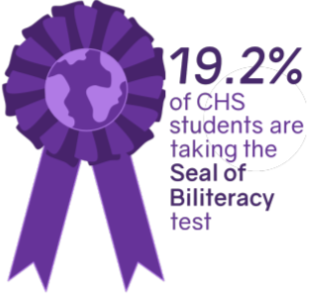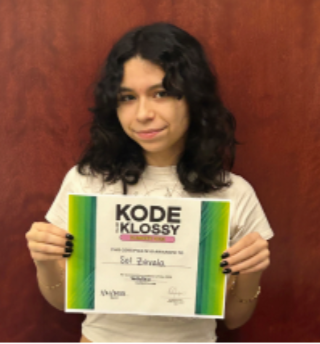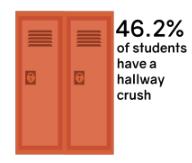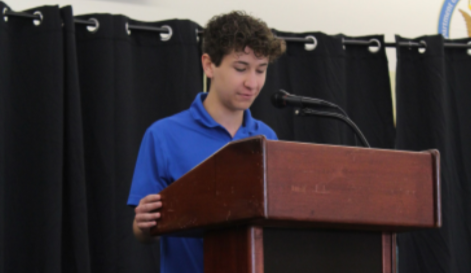Teaching from experience
UNSPLASH PHOTO COURTESY OF Cristian Lopez
In theme courses, CHS students are privileged to receive instruction from teachers who are experts in their respective fields. https://unsplash.com/license
April 14, 2022
Many unique aspects of CHS draw students in from all over Monmouth County. The school is known for its small class sizes, a supportive environment and academically-driven student body, but one of the most beloved parts of CHS is its theme classes.
“Theme” classes, as many students and faculty members refer to the school’s elective choices, are unique in that they focus on specific creative, marketable skills. Students can pursue many paths, including Digital Video, Web Design, Graphic Arts and many others. The teachers for these classes are professionals in their respective fields, bringing years of expertise to the course curriculum.
Writing curriculum for these theme classes involves a great deal of work from the teachers themselves. Theme teachers at CHS construct their own curriculum based on numerous factors while ensuring that they adhere to the New Jersey Department of Education’s standards.
Programming and Web Design teacher Laura Gesin said that she focuses on what the colleges are teaching, receiving her feedback from former alumni who have gone on to major in computer science.
“When I started here, nobody learned Python,” Gesin said. “Over the first decade I taught here, though, I started hearing from former students that were learning Python their freshman year instead of Java. So that’s how we came to select Python as the freshman [now sophomore] introductory course.”
Many theme teachers also draw curriculum from their respective industries, keeping contact with people still working in the industry and paying close attention to changing attitudes and trends. For teachers like Laura Fallon, one of CHS’s design teachers, this helps prepare students for the real industry standards they may be expected to practice in the future.
“A lot of the teachers that teach the theme courses like mine belong to professional groups, just to kind of see what’s going on in the real world,” Fallon said. “The real ownership that we have as teachers is using that and making it into objectives and tools that are industry standard and make sense for different career paths.”
Principal James Gleason provided more insight into the specifics of the curriculum writing and approving process.
“Theme teachers typically work with a curriculum coordinator within the district,” Gleason said. “We consider our theme teachers the experts in their areas because that’s what they’re hired for. So, for the most part, the teachers are given that leeway to write the curriculum.”
In addition to the freedom that writing their own curriculum grants teachers, the process is made much easier by a computer software called Rubicon Atlas. The software starts off with the essential question, “What are you asking students to understand and to know?” allowing teachers to develop lessons to get to their desired end point.
At the end of the day, CHS teachers strive to make their projects and lesson plans as creative as possible; for studio art and design teacher Shelley Ortner, this never gets boring.
“As long as I keep the objectives in mind of what students should know by the time they’re done with the class, it allows me the flexibility to make it creative,” Ortner said. “Not just for the students but for me, too.”














